Join the author, Néstor T. Carbonell, as he shares a critical analysis of the Castro-Communist regime and explores the challenges and opportunities that will likely arise when freedom finally dawns in Cuba.
CHAPTER 8: Unheeded Warnings: The Looming Missile Crisis (August-October 1962)
All the senators in attendance viewed with great concern the Soviet military buildup in Cuba, except for Senator Wayne Morse, Democrat of Oregon, who implied that those colleagues who called for prompt and effective action to address the threat were alarmists and warmongers. Senator Keating defended the use of force by the United States to meet the emergency, unilaterally if necessary, citing President Kennedy’s statement of April 20, 1961: “If the nations of this hemisphere should fail to meet their commitments against Communist penetration, then I want it clearly understood that this Government will not hesitate in meeting its primary obligations which are the security of our own nation.”
Senator Winston L. Prouty, Republican of Vermont, joined the fray and said, “I think the greatest threat to peace today is a belief on the part of the Russian leaders that the United States and perhaps the Free World will not fight or resist in the event of a real showdown.”
The intervention of the chairman of the Armed Services Committee, the Democrat senator of Georgia Richard B. Russell, was the one that carried more weight and proved to be decisive. He first posed some pointed questions to Secretary of State Dean Rusk: “On what do you base your conclusion that there are more agricultural specialists than missile specialists from Russia in Cuba?” Not satisfied with the answer, Russell retorted with manifest edginess: “How can we tell whether he [the specialist) is teaching them to build a power line or whether he is teaching them to engage a radar set so as to fire missiles against the United States?”
Then the chairman addressed the core issue: whether to pass a “concurrent resolution” as recommended by Secretary Rusk and several senators, which would only express the sense of the Congress without committing the president, or whether to adopt a “joint resolution,” would be signed by the president and become the law of the land. Russell’s position in favor of a joint resolution was unequivocal. This would require, he explained, striking out. “It is the sense of the Congress.” He also said that “the United States is determined.” And to emphasize the need to incorporate the president, he asked: “Why … eliminate the only man in the American government who can really speak for the United States in international relations? He ought to be in there.” And he was.
We at the Council were very pleased with the resolution that was passed by the Senate on September 20, by a vote of 86-1, and overwhelmingly by the House a few days later. It was a joint resolution signed into law by the president on October 3. It invoked both the Monroe Doctrine and the Rio Treaty, expressly recognized and supported the Cuban people’s right to self-determination, and committed the United States to averting or countering the Soviet military intervention in the Caribbean in even stronger terms than we had proposed in our draft.
This is how the joint resolution (Public Law 87-733) reads in part:
The United States is determined:
A. To prevent by whatever means may be necessary, including the use of arms, the Marxist-Leninist regime in Cuba from extending by force or threat of force its aggressive or subversive activities to any part of this Hemisphere;
B. To prevent in Cuba the creation or use of any externally supported military capability endangering the security of the United States; and
C. To work with the Organization of American States and with freedom-loving Cubans to support the aspirations of the Cuban people for self-determination.
The Berlin Diversion (September 29)
Meanwhile in Moscow, Khrushchev was concerned that President Kennedy, under mounting pressure, might attack Cuba before the Soviet medium- and intermediate-range missiles were operational. (They were scheduled to become operational between mid-October and late November 1962.) But instead of backing down, he decided to accelerate the shipment in crates of one squadron of IL-28 light bombers with six eight- to twelve-kiloton nuclear bombs, as well as Luna short-range missiles with their nuclear warheads. The Soviet premier wanted to make sure that there was enough retaliatory capability on the island to ward off any US invasion ahead of the strategic emplacements.
To shift US focus away from Cuba and gain time, Khrushchev raised again the specter of Berlin. He told Kennedy’s interior secretary, Stewart Udall, who had visited the Soviet Union in early September, that he intended to put Kennedy in a position in which he would have to settle the Berlin problem. “We will give him a choice—go to war or sign a [German] peace treaty” (which, among other things, would enable East Germany to control traffic to and from Berlin).
The Soviet premier then cunningly tempered his threat, saying that “out of respect for your president, we won’t do anything until November.” En passant, almost as an afterthought, he touched on Cuba—”an area that could really lead to some unexpected consequences.” He contended that he was simply redressing in Cuba an intolerable double standard. After all, he added, “You [the United States NATO] have surrounded us with military bases.” His implication was clear: Why can’t the Soviet Union do the same in Cuba?
Khrushchev followed up with a letter to the president dated September 28. In it he wrote, “The abnormal situation in Berlin should any be done away with circumstances we do not see any other way out but to sign a German peace treaty.” Khrushchev then warned that any rash US action against Cuba, as the congressional joint resolution allegedly called for, could unleash nuclear war. Finally, the Soviet premier astutely played the political card, this time more explicitly, asserting that he would not force the Berlin issue until after the US November congressional elections.
To better understand the implications of Khrushchev’s letter, Kennedy met on September 29 with two distinguished Soviet experts who had been US ambassadors to Moscow, Charles Bohlen and Llewellyn Thompson. Their discussion centered primarily on Berlin— whether to respond to Khrushchev’s Berlin challenge set out in his letter or to ignore it and “just let this thing drop until he comes over in November.” Kennedy chose to wait and see what the Soviet premier had up his sleeve after the elections. Khrushchev got what he wanted from the president: a focus on Berlin and allowing the military buildup to continue in Cuba.
The Countdown—While the White House Wavered
(October 1-15)
• October 1, Cuba
By October 1, the Soviets had covertly unloaded forty-two medium-range ballistic missiles (MRBM), including six fakes, and ancillary equipment at three Cuban ports: Bahia Honda and Mariel on the northern coast, and Casilda in the south. Those missiles, about seventy-four feet long, had a range of approximately eleven hundred nautical miles and could reach any point from Dallas, Texas, to Washington, DC. Each one carried a one-megaton warhead, and all were moved at night to their respective launch sites by sixty-seven-foot Russian trailers.
Within the US intelligence community, reports of suspicious installations steadily increased, but in early October the official line Washington still was that the buildup was defensive and the emplacement of offensive missiles unlikely.
As disclosed by Sean D. Naylor (national security correspondent, Yahoo News, January 23, 2019), a network of Cuban CIA agents on the island, led by Esteban Márquez-Novo, reported in mid-September 1962 that they had seen a convoy carrying long canvas-covered objects resembling MRBMs. The convoy was headed toward a Soviet-guarded trapezoid perimeter in the far-western province of Pinar del Río bounded by four towns where they believed that a strategic missile base was being built. Marquez-Novo and his radio operator had been trained in the United States by CIA officer Thomas Hewitt and infiltrated into Cuba as part of Operation Cobra. The information they gave, including the grid locations for the four small towns that enclosed the suspected strategic missile base, turned out to be precise and accurate but was not initially taken seriously by the White House.
October 1-2, Washington, DC
When Secretary of Defense McNamara was apprised of intelligence reports that seemed to validate the suspicion that the Soviets were emplacing MRBMs in the far-western province of Pinar del Río, his response was to outline six circumstances in which military operations against Cuba may be necessary. He also ordered that existing plans be updated to cover those contingencies. Again, more planning but no action.
• October 4, Cuba
According to Soviet records, the first shipment of nuclear warheads, on the freighter Indigirka, reached the port of Mariel on October 4. On board were forty-five one-megaton warheads for the MRBMs plus other warheads for the tactical missiles and the bombers. In total, the ship reportedly carried “over 20 times the explosive power that was dropped by allied bombers on Germany in all of the Second World War.” (The US intelligence community eventually learned that reinforced bunkers in the mountains had been set up as nuclear depots, but they had no positive evidence that the warheads had actually arrived in Cuba.)
• October 4, Washington, DC
At a meeting of the Special (Cuba) Group Augmented (Operation Mongoose), Robert Kennedy stated that the president was very dissatisfied with the lack of action in the sabotage field. Visibly annoyed, the attorney general went on a tirade, stressing that nothing was moving forward in that area. CIA director John McCone took sharp exception, saying that “a lack of forward motion [was] due principally to hesitancy in government circles to engage in any activities which would involve attribution to the United States.”
Following a heated discussion, it was agreed to develop more-aggressive plans, including the possible mining of harbors, but the White House did not give the green light to proceed. To sharpen intelligence, McCone again requested authorization to conduct U-2 reconnaissance flights targeting suspect areas. This was placed on hold pending further consideration.
• October 5, Washington DC
McCone met with National Security director McGeorge Bundy and explained why no major covert actions had taken place in Cuba. He also pointed out that the decisions to restrict U-2 flights had placed the US intelligence community in a position where it could not provide un impeachable evidence of the suspected development of Soviet offensiv capabilities in Cuba. “Bundy took issue[,] stating that he felt the Soviet would not go that far, that he was satisfied that no offensive capability would be installed in Cuba.”
In general, Bundy´s views on Cuba, as expressed at the meeting with McCone, were that “we should either make a judgment that we would have to go in militarily (which seemed to him intolerable) or alternatively, we would have to learn to live with Castro and his Cuba and adjust our policies accordingly.”
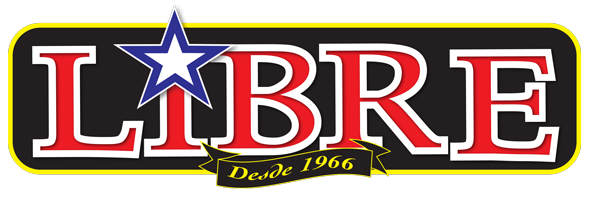


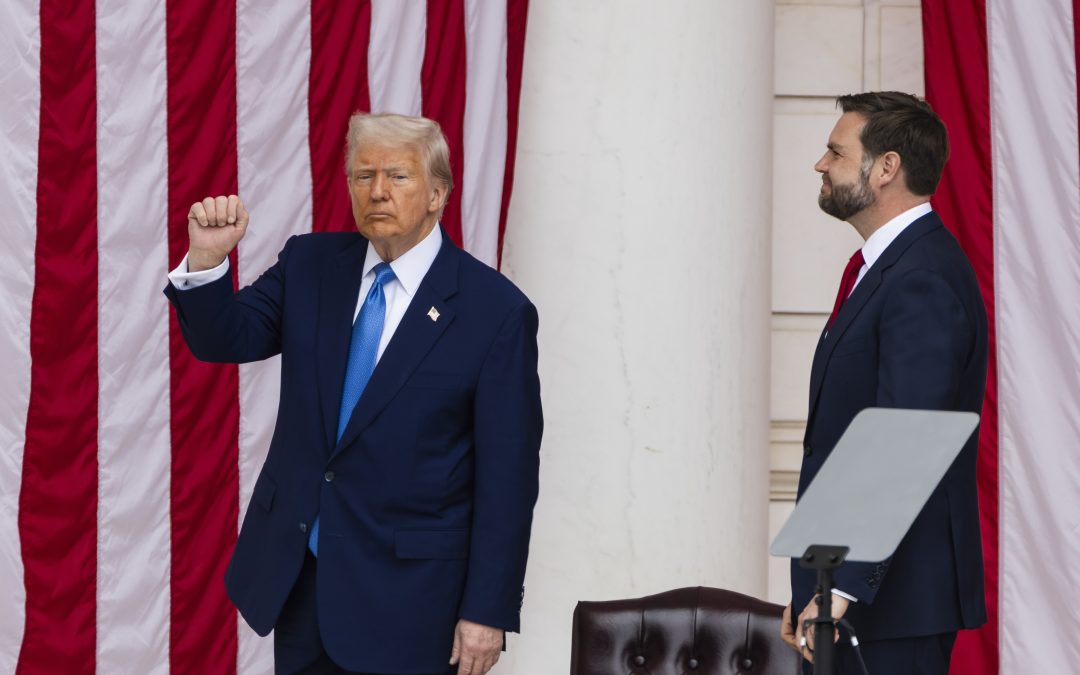
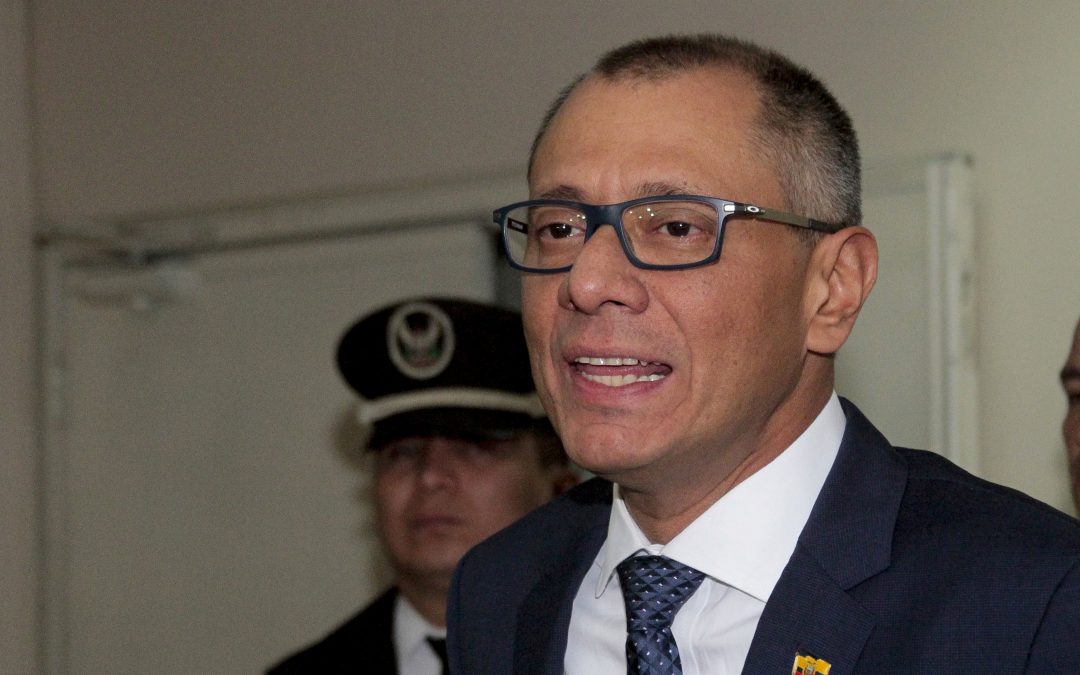
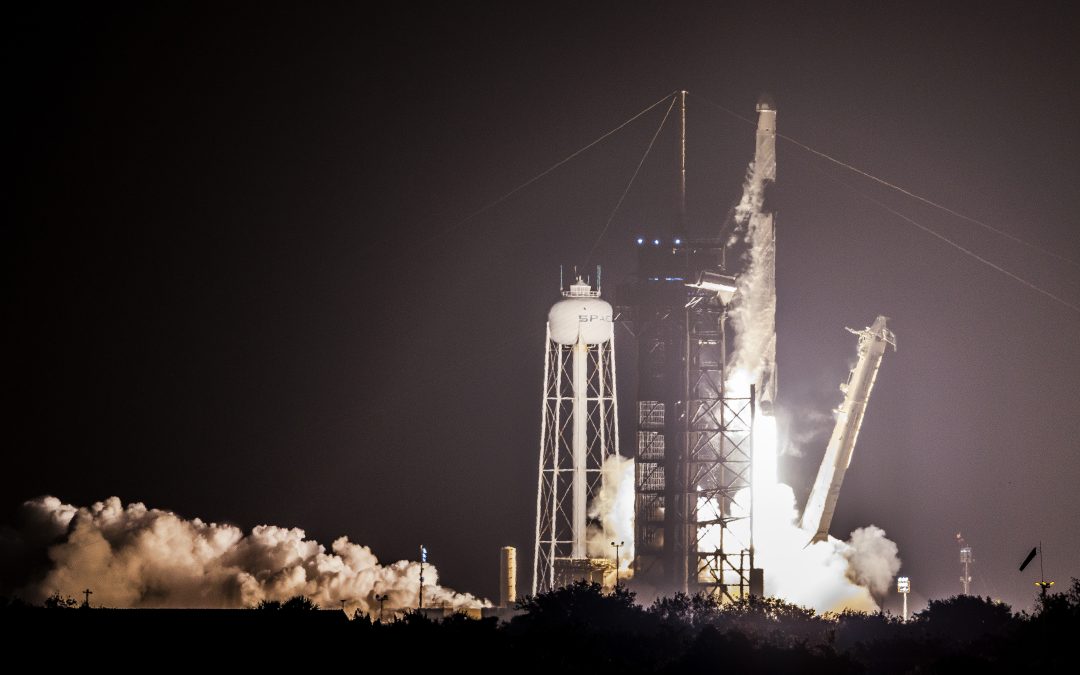
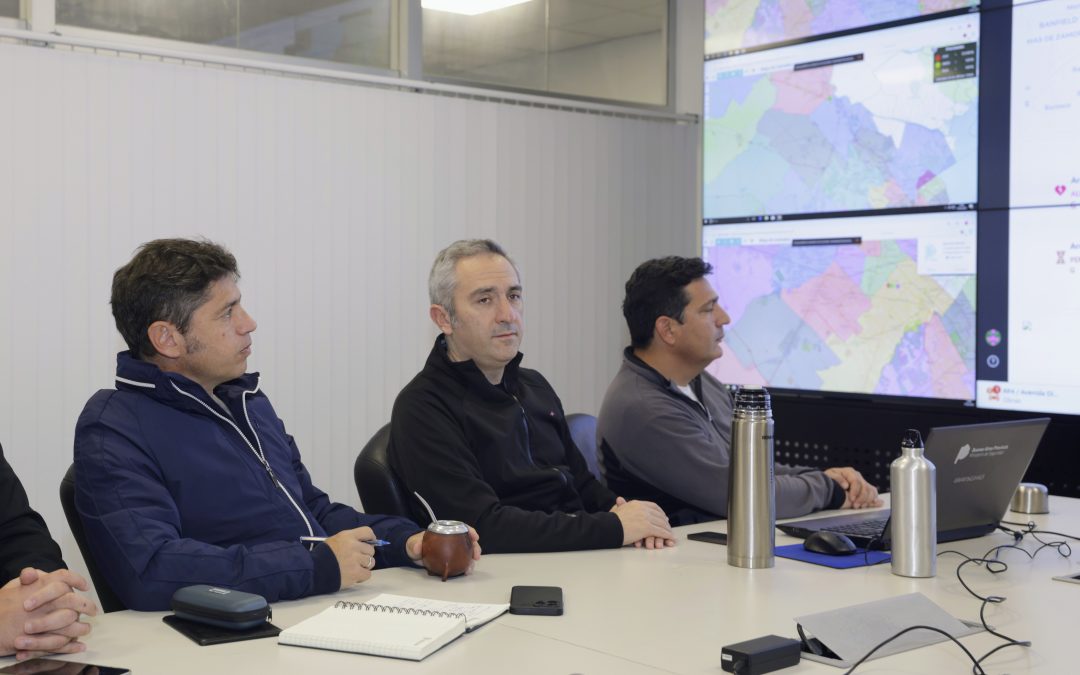
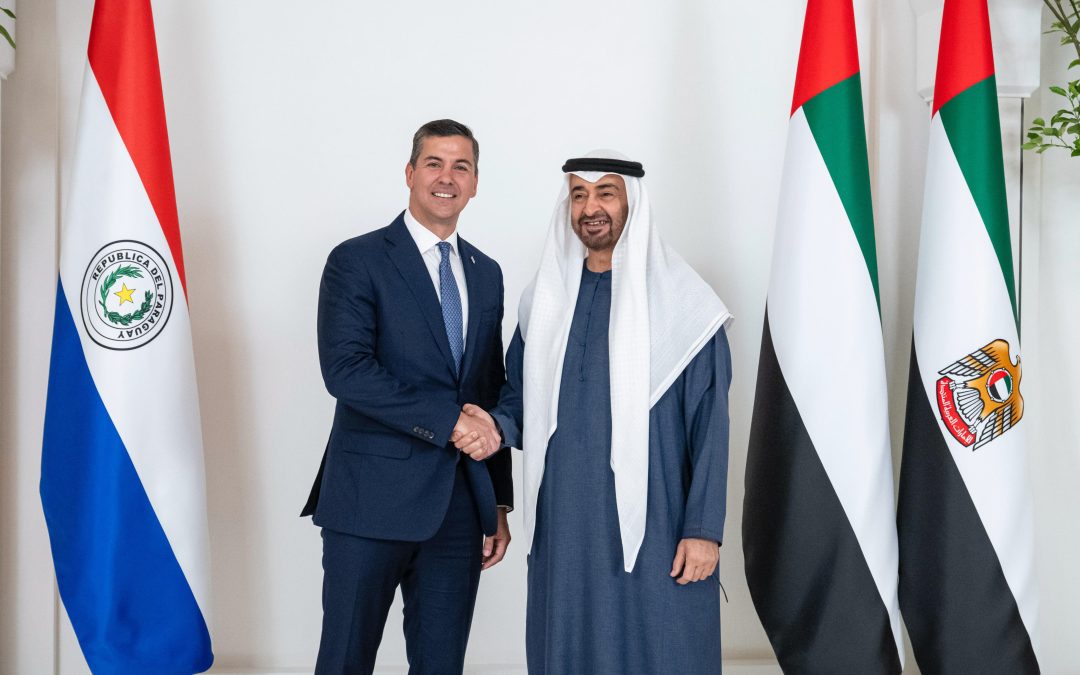
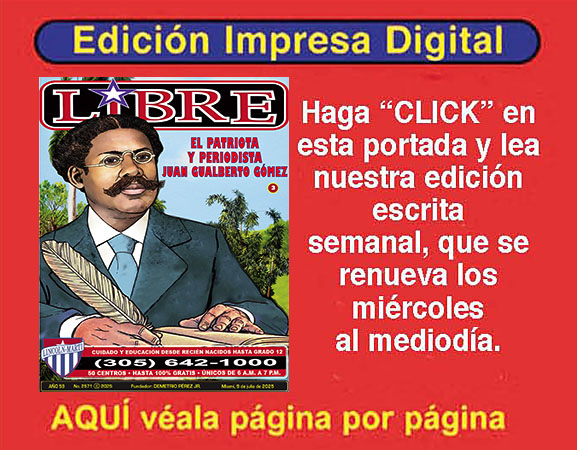

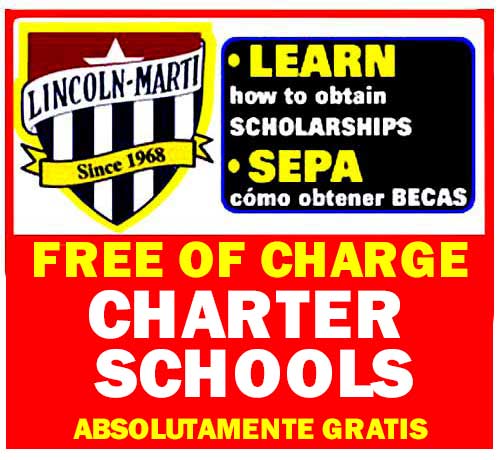
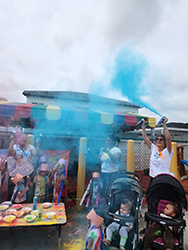
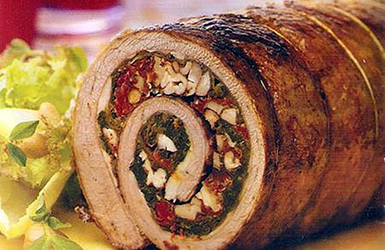
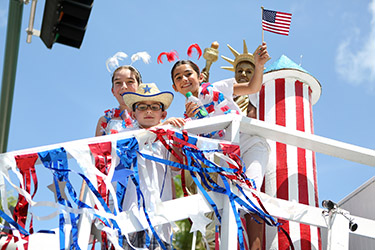
0 comentarios